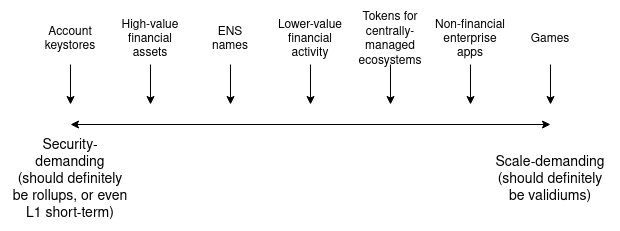Vitalik Buterin Reveals Biggest Ethereum Challenge Now
05/23/2024 15:45
Vitalik Buterin believes coordination is key issue for Ethereum right now

Disclaimer: The opinions expressed by our writers are their own and do not represent the views of U.Today. The financial and market information provided on U.Today is intended for informational purposes only. U.Today is not liable for any financial losses incurred while trading cryptocurrencies. Conduct your own research by contacting financial experts before making any investment decisions. We believe that all content is accurate as of the date of publication, but certain offers mentioned may no longer be available.
Vitalik Buterin has recently shared his thoughts on the current biggest challenge for Ethereum. Despite advancements in scaling territory, Ethereum still has a lot to cover in order to become a better network from the viewpoint of users.
There are two main approaches to scaling: layer-1 sharding and layer-2 solutions, like rollups. Both methods can be broken down into simple "we are handling more transactions." The underlying tech is similar, as both of them use ZK-SNARKs to verify transactions on the network and Data Availability Sampling for data availability. The key difference there is in managing and implementation.

When using rollups like ZK-SNARKs in a sharded blockchain, they become an integral part of a protocol. What does that mean? Ethereum's core technology remains the same, but how it is applied varies. However, it raises additional challenges, especially when your goal is to coordinate and stabilize the network consisting of dozens of L2s.
The key issues? Layer transferring. Moving tokens between various L2s is a pain right now and pushes users into using various bridges that might not be as safe as they seem. With standardization of cross-chain interactions, we will see a more stable and safer environment, says Buterin.
Yet another challenge is validation across completely different layers that utilize different validation techniques. When relying on centralized Remote Procedure Calls, L2s create complications even for lighter clients with faster and more decentralized validation.
Coordination is an additional issue. Smooth interaction between different layers and maintaining a unified, secure network is the main priority. Buterin believes that addressing coordination challenges head-on will be key to Ethereum's success in the future.
